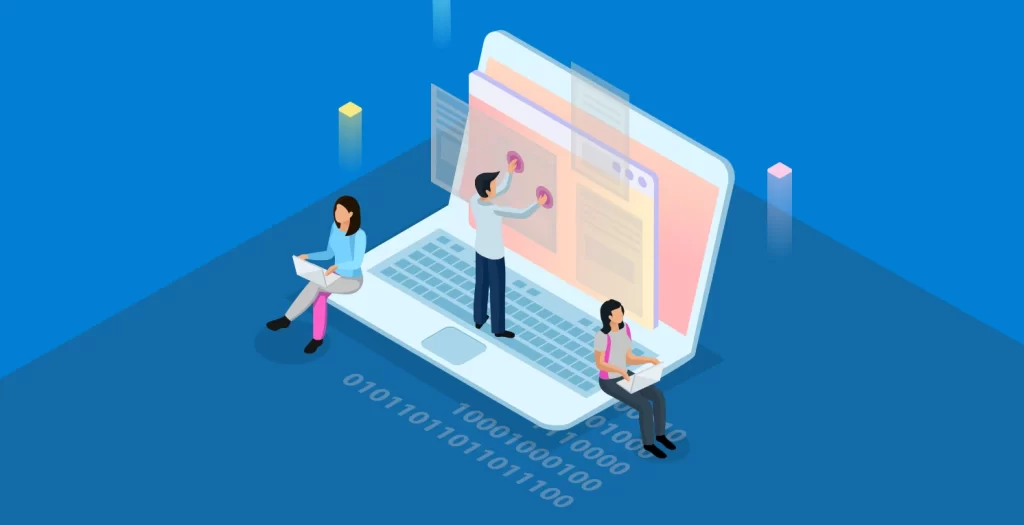
The Power of AI in Retail: Meet the Team Cognira Series
The Power of AI in Retail Meet the Team Cognira Series With each passing year, technology is becoming more advanced, effective, and most importantly, more

Why utilizing organizational change management is critical for the success of your software
Companies spend a lot of time and resources building out their software product or service. However, it doesn’t matter how advanced or innovative your new software is, if your end-users don’t know how to use it, it won’t be successful. The reason? Digital transformation isn’t about technology, it’s about people.
In our seventh installment of the Meet the Team Series, Amanda Hilgers, Senior Director of Client Engagement and Delivery, dives into the importance of Organizational Change Management and provides 6 key tips to ensure the launch of your software is a success.

Before making any changes to a process, it is important to have a solid understanding of how the process currently operates (“as-is”), and how it will look after you make changes (“to-be”).
By documenting and understanding your impacts up front, your organization can create a well-thought out plan that supports the end-user from start to finish.
You should walk away understanding:
Software supports processes, and adoption of new software is most successful when processes are fully understood.
Cognira is the leading artificial intelligence solutions provider for retailers. Cognira is passionate about helping retailers unlock valuable, transformative business insights from their data.
We know retail. We love data.
To learn more, check out our website at cognira.com or contact us today to get started.

The Power of AI in Retail Meet the Team Cognira Series With each passing year, technology is becoming more advanced, effective, and most importantly, more

Why Retailers Struggle to Embrace Data Science Meet the Team Cognira Series It’s no secret that advanced science technologies are becoming critical for business success
Founded by experienced data scientists and retail experts, Cognira is the leading artificial intelligence solutions provider.